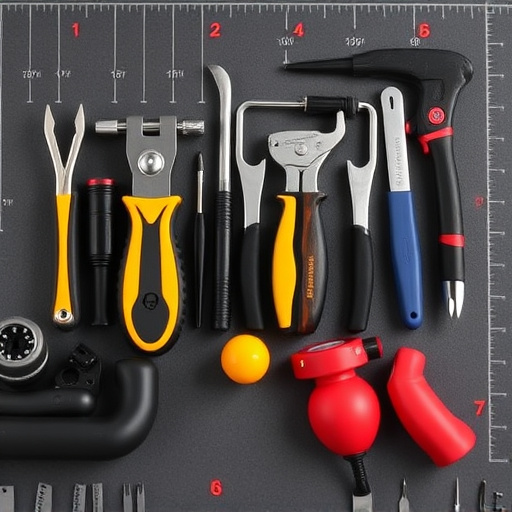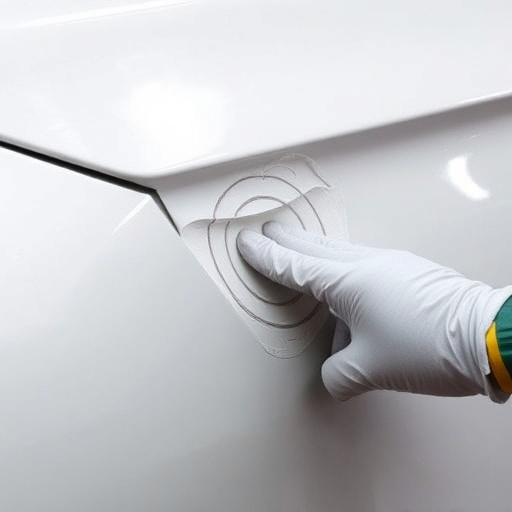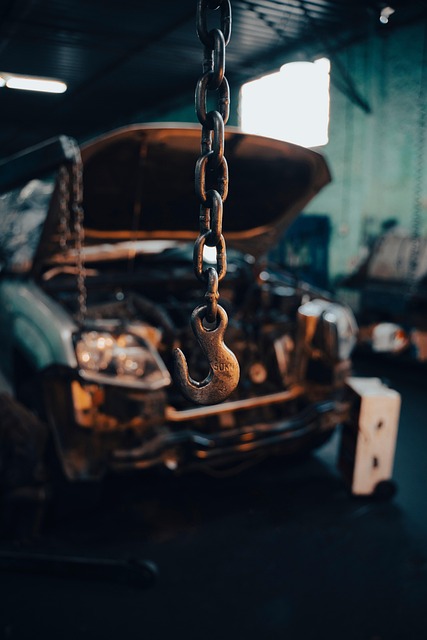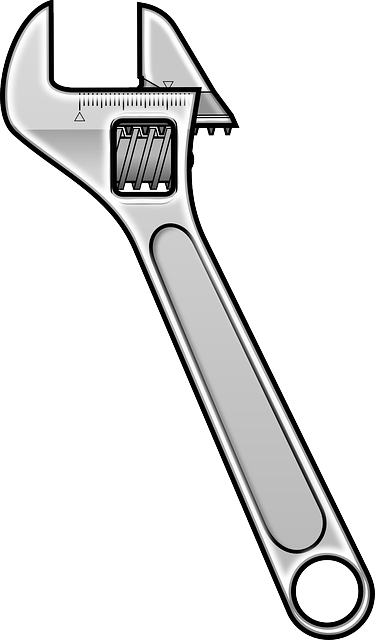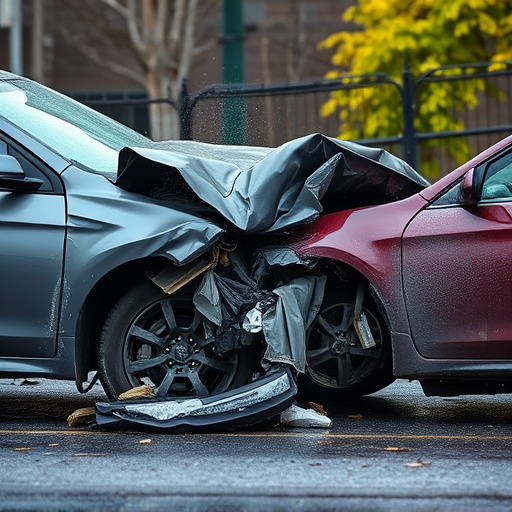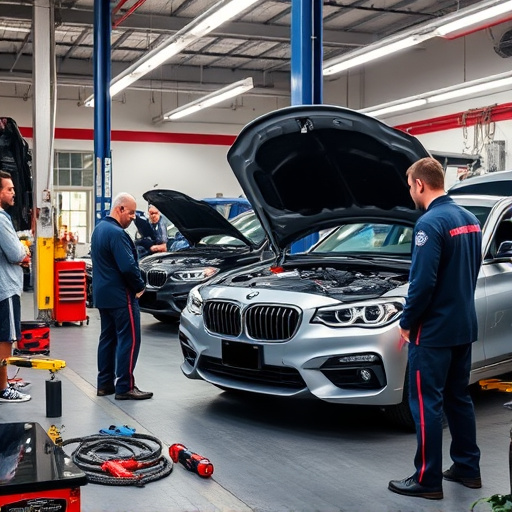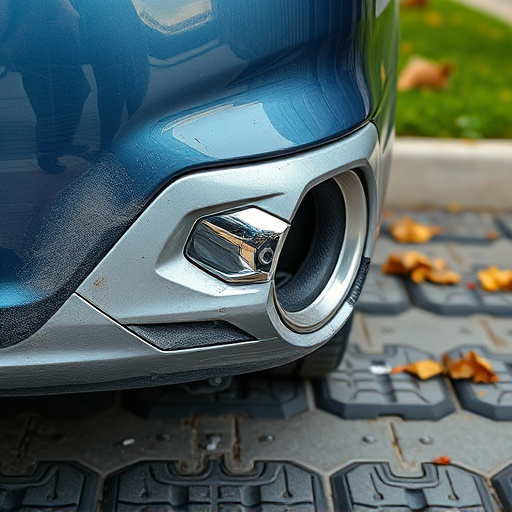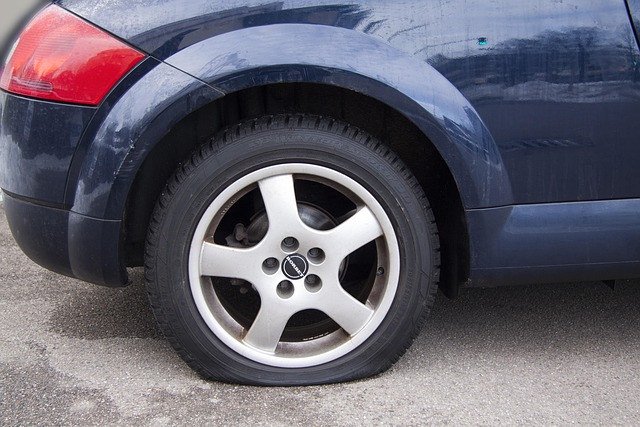Eco-friendly collision repair revolutionizes auto restoration by prioritizing sustainability and minimizing environmental impact through green practices like using eco-conscious materials and efficient waste management. This approach reduces carbon footprint, includes recycling metal scraps and solvents, and aligns with industry demand for sustainable practices, offering cost savings and market advantage. Shops embrace ethical responsibility while improving service quality and attracting conscious consumers.
“Discover how eco-friendly collision repair is transforming the automotive industry by integrating sustainable practices with effective waste management plans. This comprehensive guide explores key strategies, from reducing environmental impact to optimizing resources. We delve into understanding green repair methods, implementing efficient waste disposal techniques, and achieving harmonious results for both vehicles and the planet. Learn about the latest innovations that make eco-conscious auto body work not just possible, but preferable.”
- Understanding Eco-Friendly Collision Repair Practices
- Waste Management Strategies in Auto Body Shops
- Integrating Sustainable Solutions for Optimal Results
Understanding Eco-Friendly Collision Repair Practices
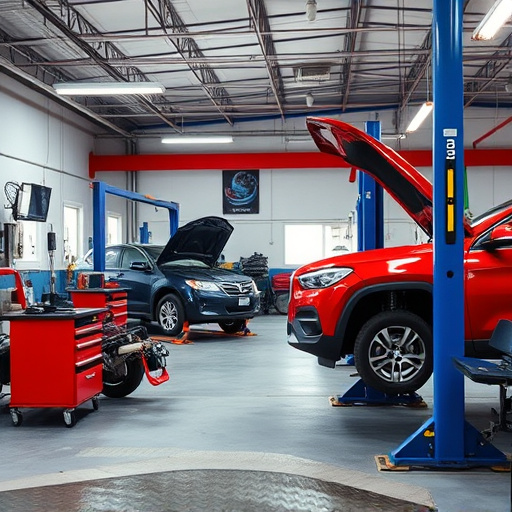
Eco-friendly collision repair is a growing trend that focuses on minimizing the environmental impact during the restoration process. This approach goes beyond traditional car repair services by adopting sustainable practices throughout, from material selection to waste management. By integrating eco-conscious methods, collision centers can significantly reduce their carbon footprint while still delivering high-quality auto maintenance.
One key aspect is using environmentally friendly materials and products for repairs and paints, ensuring they meet strict safety standards. Additionally, these facilities implement strategic waste management plans, such as recycling metal scraps, solvents, and even used fluids from Mercedes Benz repair processes. This not only reduces landfill waste but also recovers valuable resources that can be repurposed, making collision repair an integral part of a comprehensive sustainability strategy in the auto industry.
Waste Management Strategies in Auto Body Shops
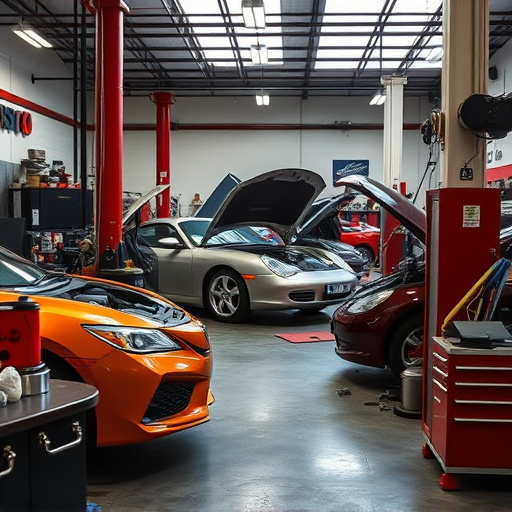
Auto body shops, especially those committed to eco-friendly collision repair, are increasingly adopting comprehensive waste management plans. These strategies extend beyond merely recycling materials to encompass a broader scope, including proper disposal of hazardous substances, such as toxic paints and solvents, and the reduction of overall waste generation. Many forward-thinking vehicle body shops are integrating advanced technologies to streamline these processes. For instance, specialized equipment can efficiently separate different types of materials, like metal, plastic, and glass, for recycling, minimizing contamination and maximizing resource recovery.
Effective waste management in collision repair services not only minimizes the environmental impact but also contributes to cost savings. By implementing these strategies, auto body repair facilities can reduce their reliance on raw materials, lower disposal costs, and potentially earn revenue from the sale of recycled materials. This holistic approach aligns perfectly with the growing demand for sustainable practices within the industry, ensuring that eco-friendly collision repair remains a viable and responsible option for both businesses and consumers.
Integrating Sustainable Solutions for Optimal Results

In the realm of eco-friendly collision repair, integrating sustainable solutions isn’t just an ethical choice; it’s a strategic imperative for achieving optimal results. By adopting green practices, auto body shops can significantly reduce their environmental impact while enhancing service quality. This approach involves utilizing eco-conscious materials and techniques throughout the car dent repair and fleet repair services process. For instance, choosing biodegradable or recycled components for car bodywork services not only minimizes waste but also ensures the safety and durability of repairs.
Moreover, implementing efficient waste management plans is integral to this strategy. Repurposing and recycling materials from collision repair processes can contribute to a circular economy, reducing the demand for new resources. These practices extend beyond mere compliance with environmental regulations; they empower collision repair businesses to stand out as leaders in eco-friendly initiatives. As consumers become more conscious of sustainability, shops that integrate these solutions into their core operations will gain a competitive edge while fostering a greener future.
Eco-friendly collision repair is not just a trend but an essential component of the automotive industry’s transition towards sustainability. By integrating waste management plans, auto body shops can significantly reduce their environmental impact and contribute to a greener future. Through understanding best practices, adopting efficient strategies, and embracing sustainable solutions, these workshops can minimize waste, conserve resources, and offer high-quality repairs that cater to environmentally conscious customers. This holistic approach ensures that eco-friendly collision repair not only benefits the planet but also fosters a prosperous and responsible automotive ecosystem.
